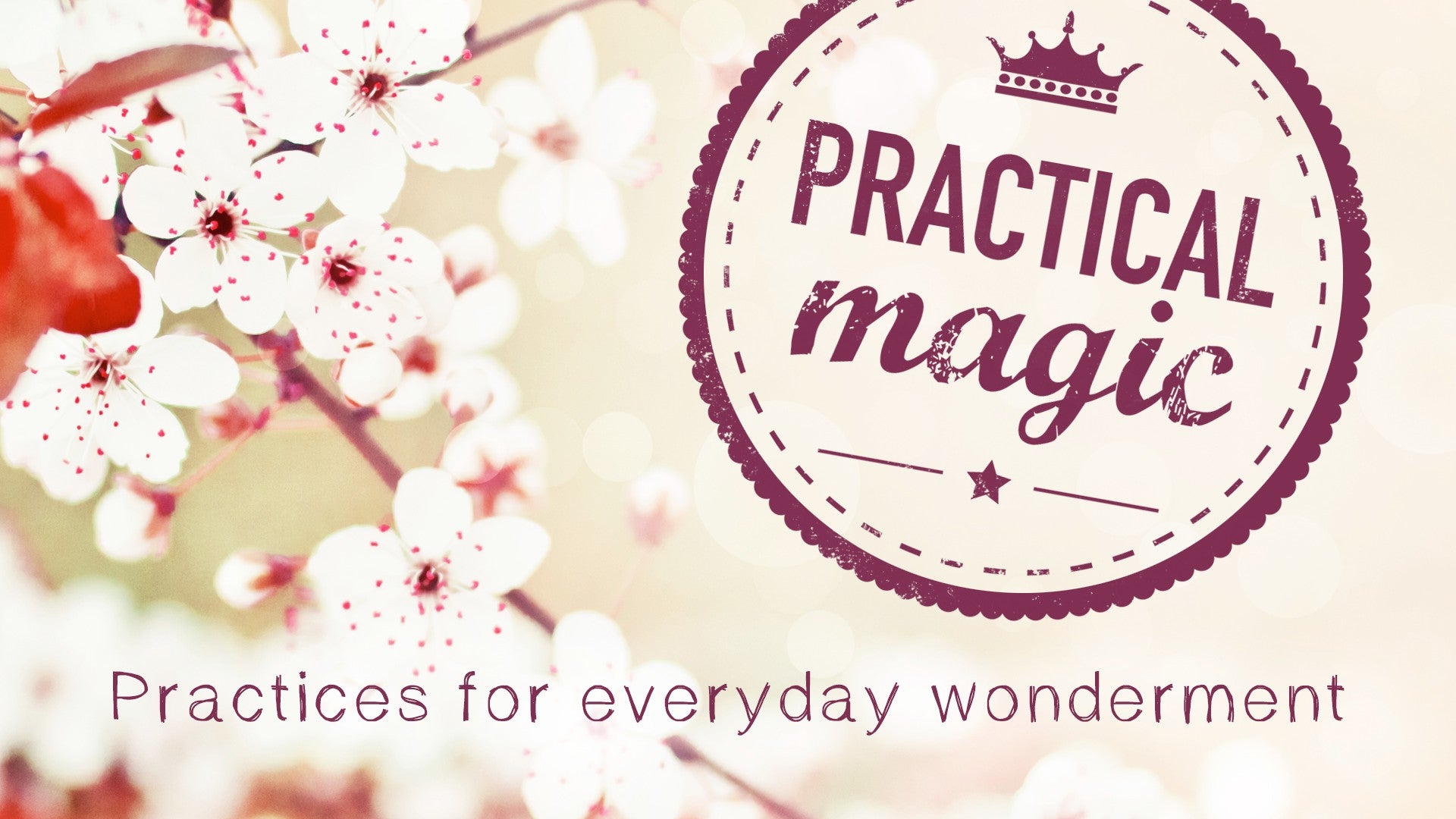Description
About This Video
Transcript
Read Full Transcript
In this practice, we will be organizing the sounds that we're making a little bit. It's still pretty spacious and free form, all things considered. And we'll be organizing around a particular archetype, dumavati. And I think that it's helpful and useful if we get a sense of what we're doing when we sing or organize our sounds around a particular archetype. We're singing to that aspect of ourself.
We're nourishing a certain part of ourself. We're calling it up to the surface, cherishing that part of the self. Dumavati is sort of a radical choice because she is this archetype of the crone, this smoky, auspicious, wise, waning moon character. And she invites us to step into this part of ourselves that is vulnerable, rebellious, and mysterious. And one of her stories of origin that really speaks to me and speaks to this rebellious aspect of her is that it said that Shiva and his consort Sati were hanging out one day.
And Sati was hungry and said, I would like something to eat. And Shiva said, no, not now, maybe later, whatever. Probably not those words. And Sati said, well, I'll show you. And she started to eat Shiva, gross, right?
Anyway, so after this happens, Shiva sort of pulls himself back together and curses her. And curses her to be a widow for the rest, for all of eternity. And that widow is Dumavati. And she's accompanied by a crow and smoke and the dark moon. And I like this.
There's something there. There's something powerful and potent in rebelling and in putting everything out there and then just seeing what happens next. With the full moon, we see it all. It's there. It is what it is, and we can recognize that.
But with the dark moon, it expands into possibility. It's like the smoke expanding into all potential. So that's the idea. When we sing to Dumavati, we're singing to that part of ourselves that really goes for it. We're all in, all in the ashes, in the smoke, in the dark moon.
And for most of us, that's part of ourself that we're maybe not used to nourishing or cherishing because it's an act of rebellion. It's countercultural to revere the mysterious. So that's the idea. And as with all of our work together with the sounds, do not worry about it too much, if at all. Make some sounds. See how it feels.
It'll fade out. The sounds that we might make, we might organize around some sounds like om, doom. Doom is a bij or a seed sound for Dumavati. You might sing Dumavati, swaha. Swaha is a way of bowing to that aspect of ourselves.
So, I'll play some notes. You don't need to feel obligated to sing them. We'll make some sounds. Find your breathing suit. Sing to that dark moon, smoky side of yourself.
Doom, doom. Dumavati is swaha. Doom, doom. Dumavati, swaha. Doom, doom.
Dumavati is swaha. Dumavati is swaha. Dumavati is swaha. Dumavati is swaha. Dumavati is swaha.
Dumavati is swaha. Thank you.
Practical Magic
Comments
You need to be a subscriber to post a comment.
Please Log In or Create an Account to start your free trial.








